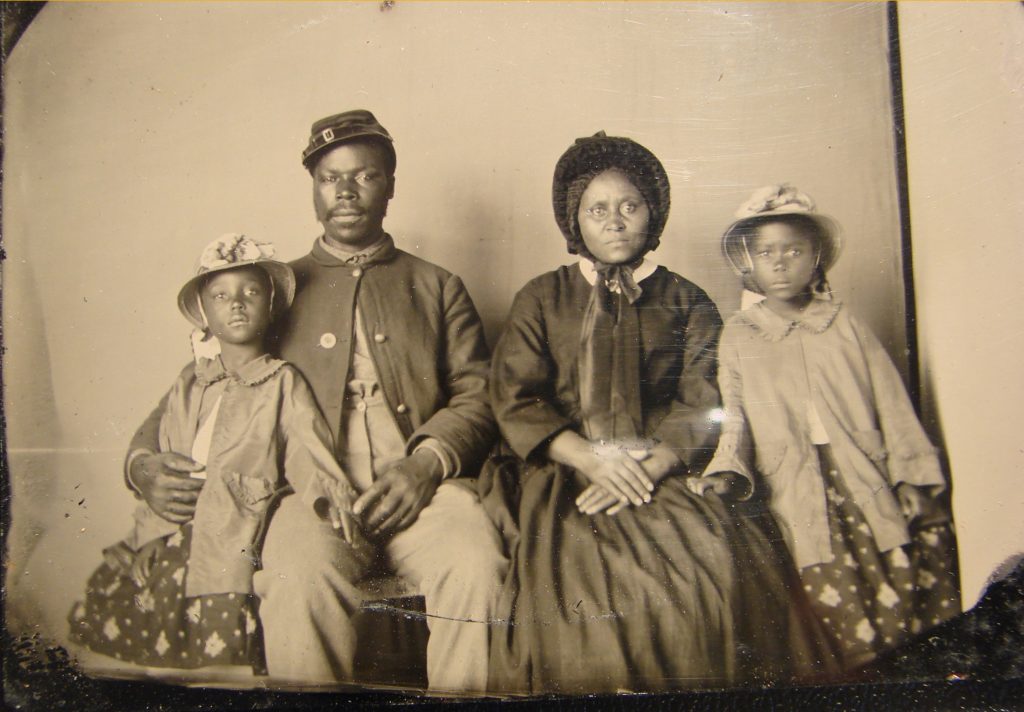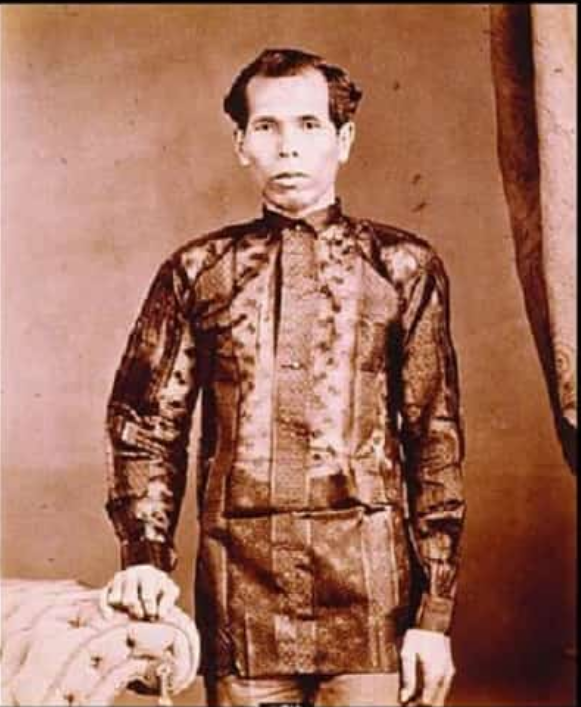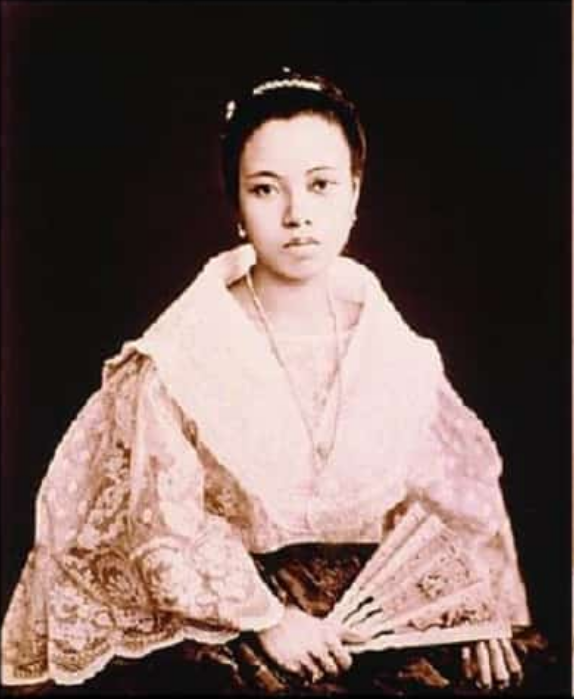Here’s a reason why people don’t smile in old photos
Contrary to popular belief of not smiling in old photos, it’s NOT because old folks from the 19th century were hiding ugly teeth nor is it because they lacked a sense of humor.

The first photographs were taken in the late 1820’s, and the new medium developed throughout the rest of the century as a practical tool, artistic form and social activity. But, although some smiles were found in the early years of photography, it took until the 1920’s and ’30’s for smiles to begin to become the standard of expression in photographs.
According to the article of TIME, One possibility why people didn’t smile in old photos is due to dental condition. Some dismiss the idea that bad teeth can cause closed mouth or poker face pictures, as this is a common condition and does not need to be noticeable at the time.

Most people didn’t smile in old photos due to long exposure time and because they considered portrait photography as a formal once-in-a-lifetime event.
Another common explanation why people are lacking of smiles in 19th century photographs is that, people took photos using an early photographic process called daguerreotype. It’s long exposure time (reaching up to 15 minutes or so) made it impossible for someone to even hold a smile.

Although they’re a bit cheaper than paintings, photos were still a rarity during those days. Portrait photography was considered a formal occasion, an opportunity to capture the person’s “ideal” and something that could only happen once in a lifetime. It was an event so serious that they didn’t want a smile to ruin it all.
Based on the article, this explanation was perfectly summed up by Mark Twain (1835-1910) in his letter to the Sacramento Daily Union:
“A photograph is a most important document, and there is nothing more damning to go down to posterity than a silly, foolish smile caught and fixed forever.”
